WILD EDIBLES IN YOUR OWN YARD

Get to know backyard wild edibles
Explore the wilderness in your own neighborhood
With spring marching on this month, we here at WDFW wanted to introduce some foraging opportunities that might be just outside your door. It might sound odd at first, but there are a number of wild edibles that are commonly found in the backyard that can be brought into the kitchen.
Below you’ll find a starting point for working with some of the more common edibles so that you can introduce them to your dinner table and maybe help out a little on the grocery bill. Some of the edibles here are already appearing in yards while others can make an appearance later in the spring.
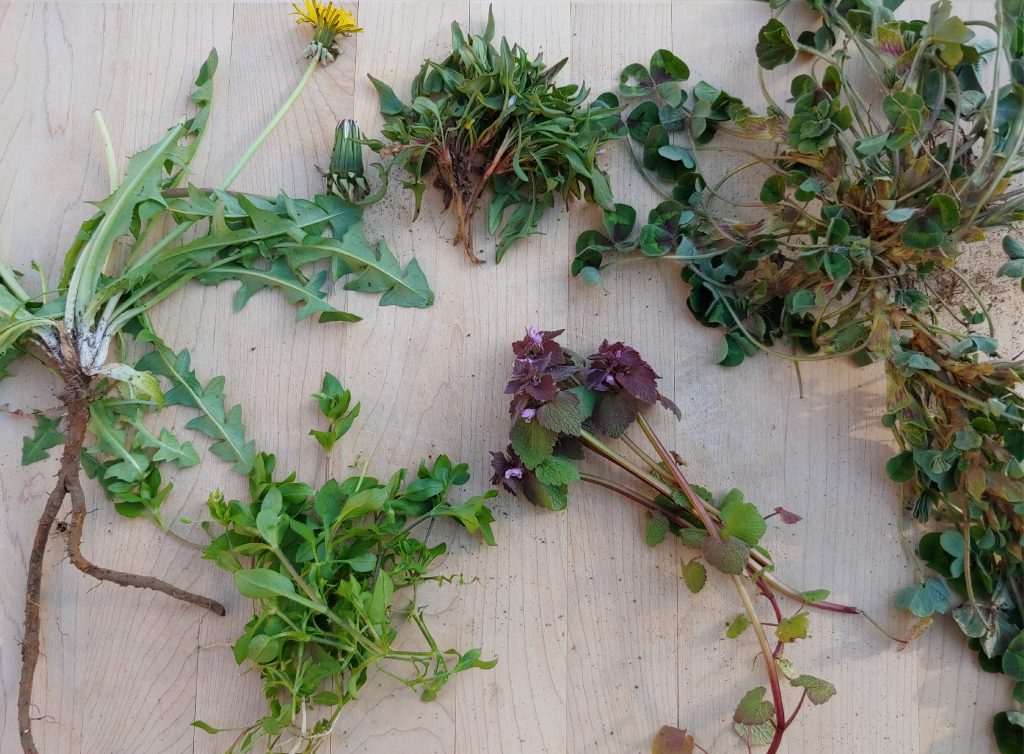
Dandelion
The most common wild edible found near the home needs little introduction: The dandelion is found in nearly every yard, whether it’s welcome or not. The scourge of those trying to keep a manicured lawn, one of the best ways to be rid of this plant is removing it for use in the kitchen.
No matter how you feel about the dandelion, it is one of the most versatile plants out there. Every part of it is edible, though the back of the flower bud isn’t very palatable. There are uses for the fresh, young leaves, the flowers and the sizable taproot that gives gardeners a challenge.
Young leaves picked early in the year are best for salad greens and sandwich toppers. Dandelion leaves have a bitter taste that can grow with age, so stick to young growth and mix them with milder salad greens like miner’s lettuce or chickweed (below). Even larger, more bitter leaves can be cooked to take some of the edge off.
The root, which can be a project to remove from the ground whole, can be used as a vegetable by roasting it as you would new potatoes. Alternatively, the roasted root can also be ground and used to make a hot beverage like coffee. You can even make beer and wine from this useful plant.
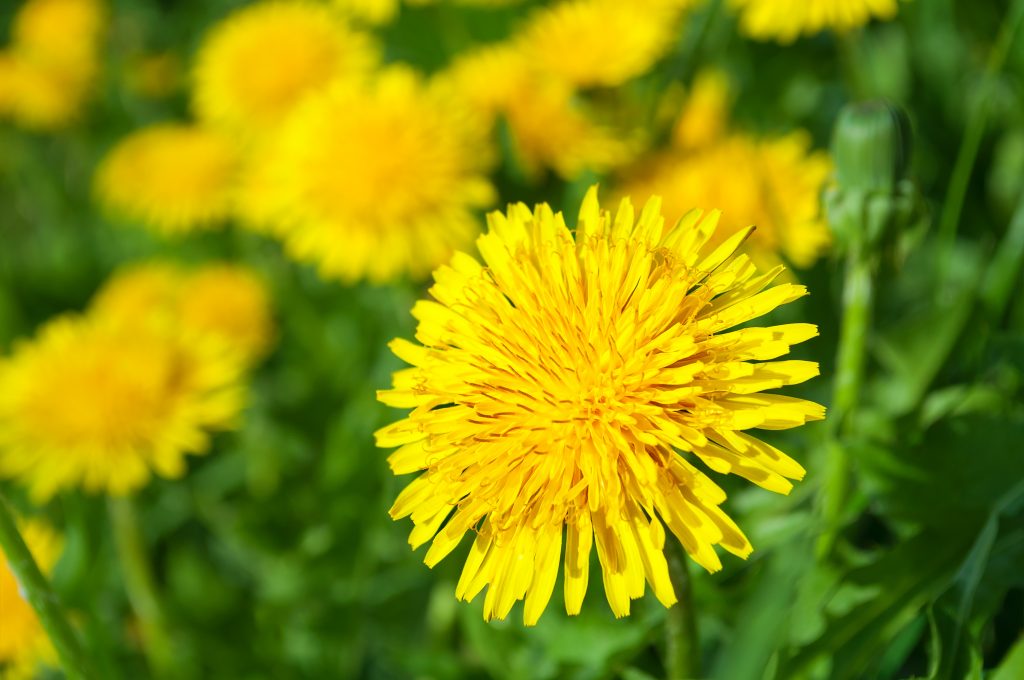
Sheep sorrel
This common weed in lawns has distinctive arrowhead-shaped leaves that can be nearly succulent when large. The leaves have a great tangy flavor that makes them a welcome addition to salads.
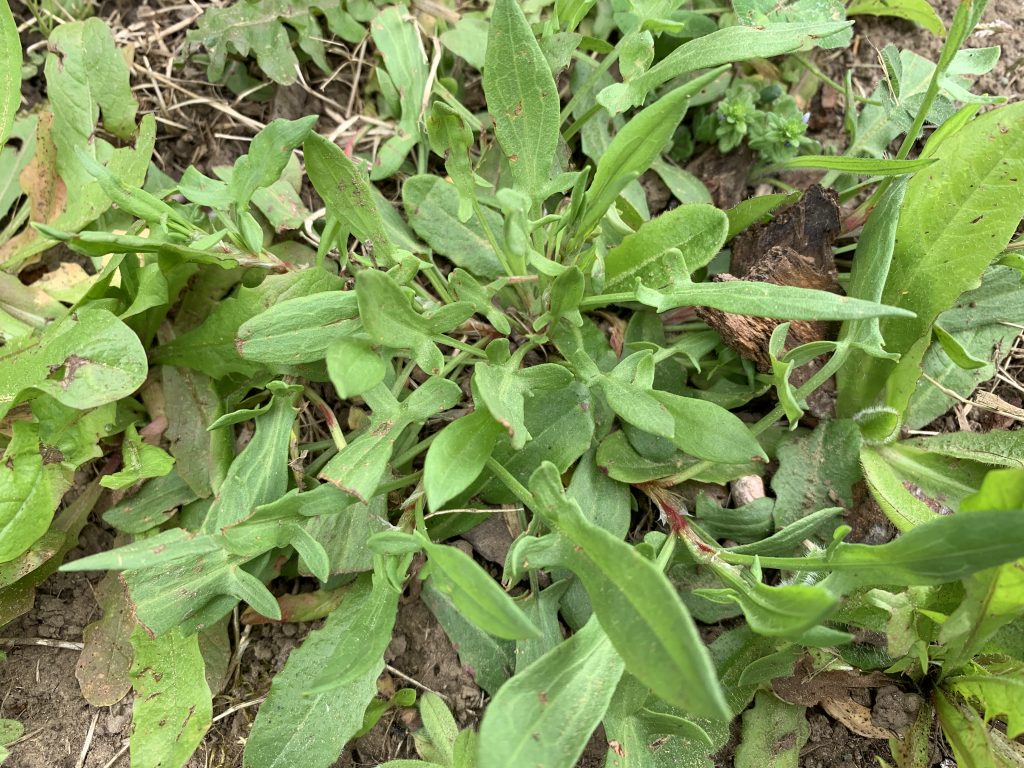
Clover
Both red and white clovers are useful plants common in many lawns. The leaves again want to be harvested when young and can be used much in the same way as spinach. The older leaves, especially of red clover, can become quite bitter. The edible flower heads of clover can also be used in making tinctures.
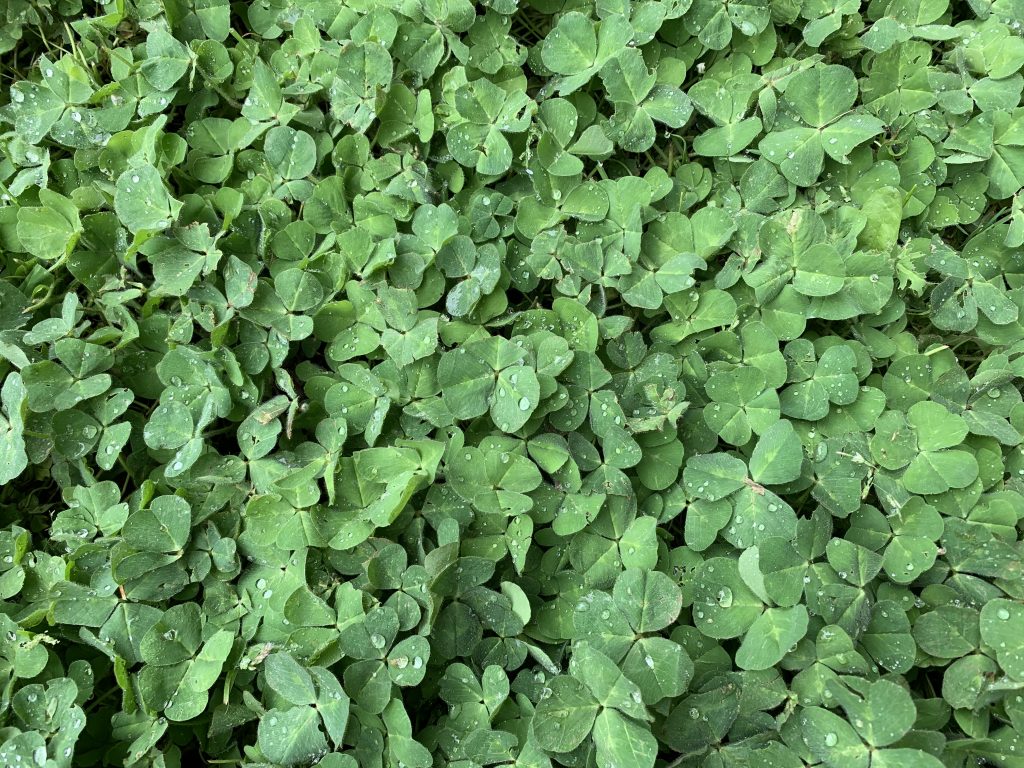
Chickweed
A common weed in flower beds, chickweed has a crisp texture and mild flavor that make the leaves and stems useful as salad greens or in adding a little crunch to a sandwich. Its mild flavor makes chickweed a good counterpoint to salad greens with bitter flavors, such as dandelion.
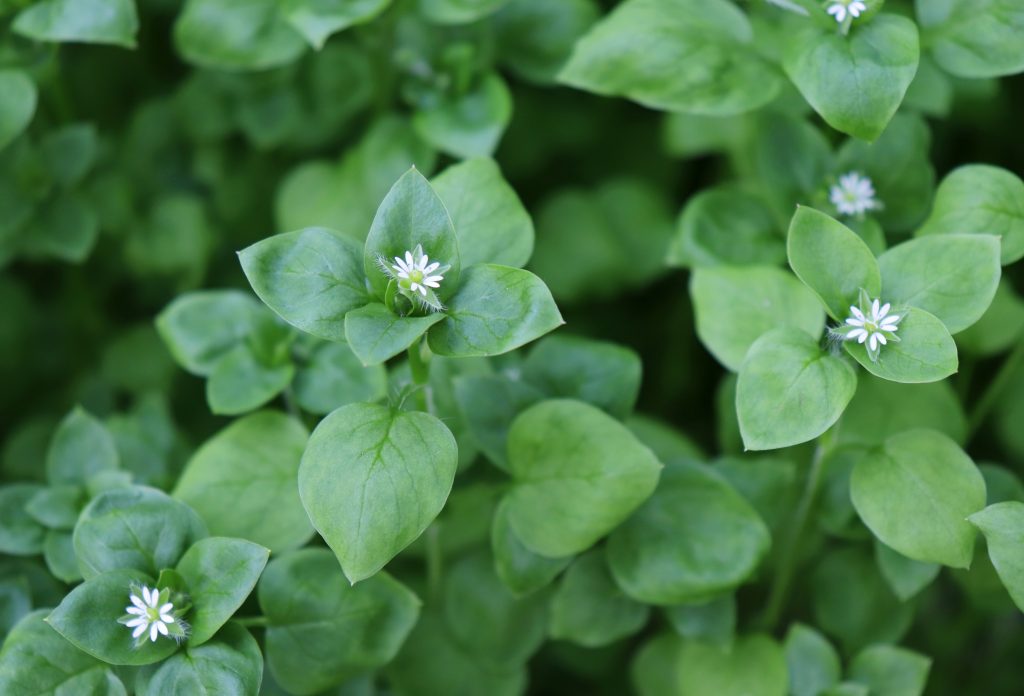
Miner’s lettuce
As the name implies, miner’s lettuce has a history of being used as a salad green. Even more so than chickweed, miner’s lettuce has a pleasant, mild flavor and a crispy texture so it can be used in much the same way to balance more bitter greens or as a crunchy sandwich topper.
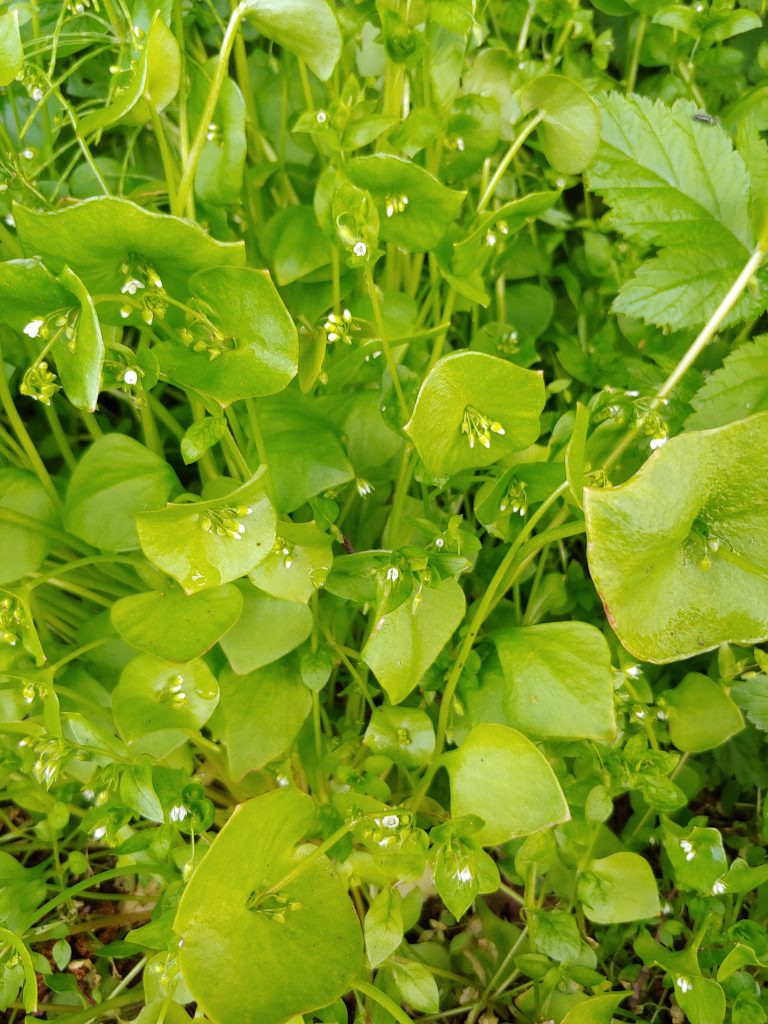
Salmonberry
Breaking away from greens, one berry that will ripen in many areas near June is salmonberry. Reminiscent of large raspberries, the uses for this berry are many. It can be eaten right off the plant, made into jams, jellies or baked goods, and is traditionally eaten with salmon as it often ripens at about the time spring chinook are being caught in coastal streams.
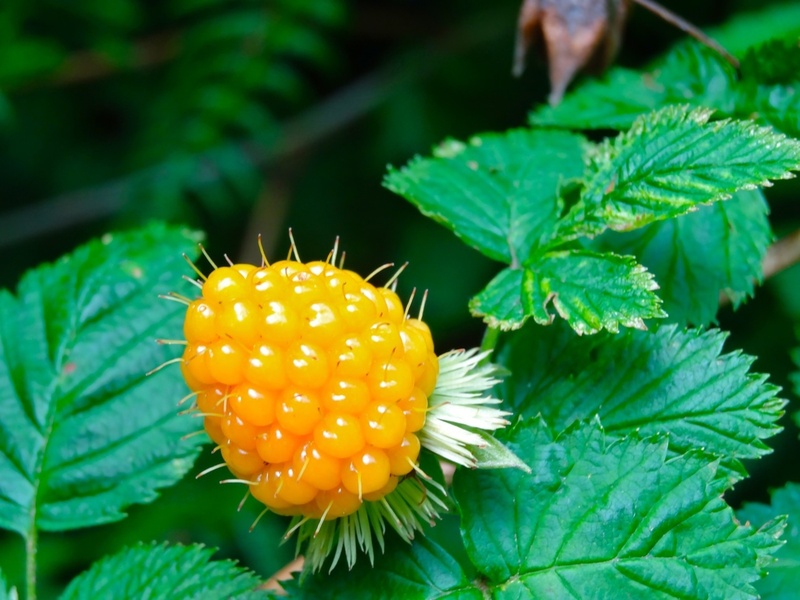
Oyster mushrooms
In addition to these plants, there is a mushroom that can be dependably found later in the spring. The oyster mushroom is a distinctive white to gray or light brown tender mushroom that can commonly be found growing from decaying alder trees in the spring. If the conditions are right, one log can produce several pounds of mushrooms that are great sautéed and served over meats, among other uses.
The oyster mushroom can appear in the same area year after year, if not the same log, and one log can produce mushrooms again later in the year. There are few lookalikes to the oyster mushroom in Washington. Fortunately, the main one, the thin and fragile angel wing mushroom, is not toxic, it’s just less palatable and robust than the oyster mushroom.
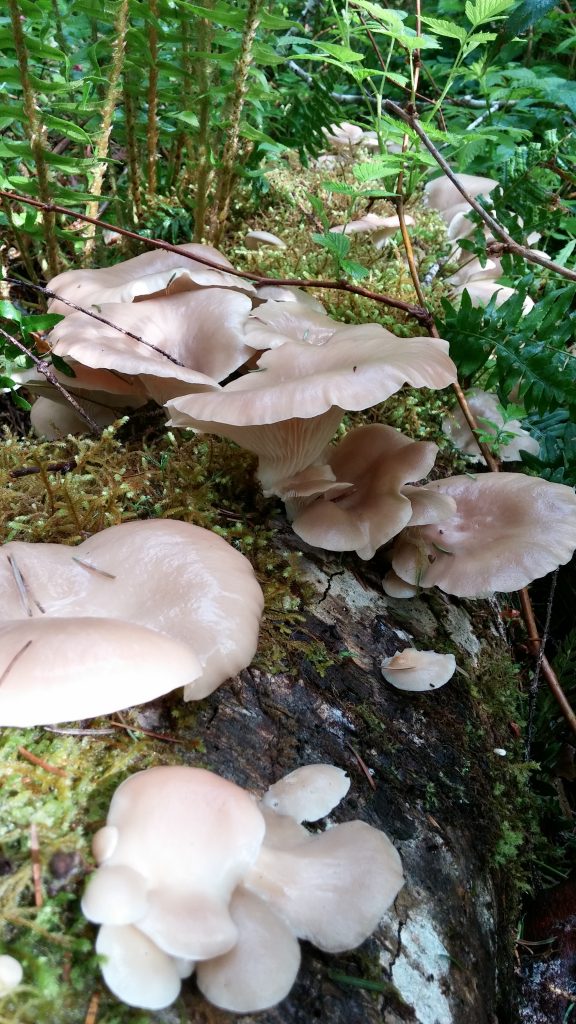
Safety first
There are several safety considerations to make when getting to know wild edibles:
- Confirm your identification: Find a good field guide at your local library or bookstore and learn the ropes of identifying plants and mushrooms to make sure what you have is definitely the edible you think it is. If you have a friend or family member who is knowledgeable on the topic, show them the specimen before eating. Before long you’ll be confident in making your own identifications, but when in doubt, skip harvesting.
- Wash it off: Just as you would with produce from the grocery store, wash your edible plants before cooking or eating them. With mushrooms, you’ll usually only need to brush off debris.
- Eyes on the road: Automobile exhaust can settle on plants near roads, so be mindful of where the nearest road is when harvesting wild edibles.
- Read the label: Be aware of whether any pesticides or fertilizers have been applied in the area you’re foraging. If possible, read the label to determine if enough time has passed between the application and your harvesting.
- Start small: If you’re new to harvesting wild edibles or just trying a new one, start by trying a small portion. While the edibles listed here are perfectly safe, if it’s new to your system, you could have a mild adverse reaction and you’re better off then if you only ate a small amount. The same goes for if you find you’re allergic or a misidentification was made in your harvest.
Following these steps can make for a great start on the path toward harvesting the abundance of wild food around you. This list of edibles is just a portion of what’s out there, but we hope it helps you get out to explore the wilderness in your own backyard.



